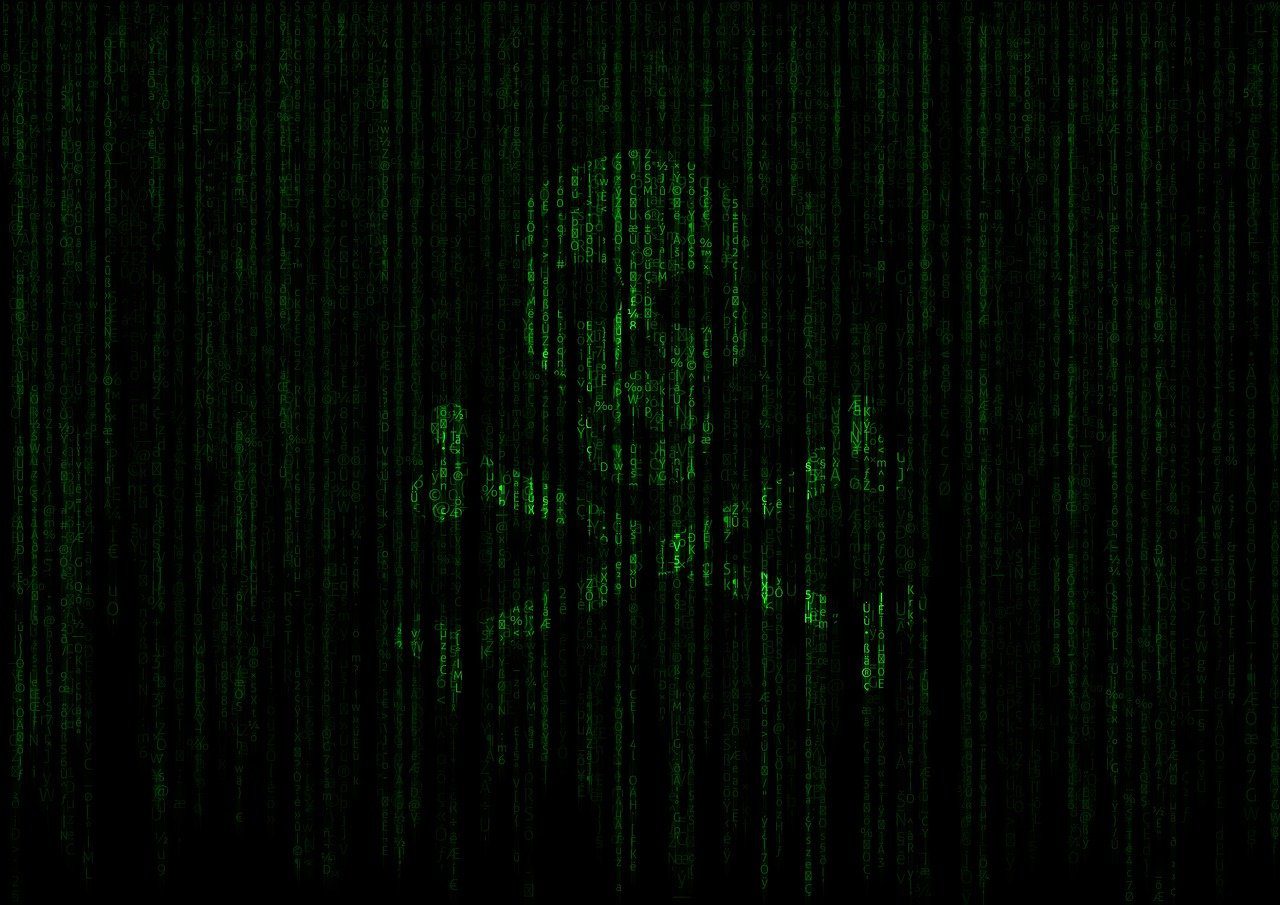Akira Ransomware: A Growing Threat to Cybersecurity 2023
Outline:
1. Introduction
2. What is Akira Ransomware?
3. How does Akira Ransomware work?
4. Recent Attacks and Notable Targets
5. Impact on Individuals and Organizations
6. How to Prevent Akira Ransomware Attacks
- Regularly Update Software and Security Patches
- Implement Strong Passwords and Multi-Factor Authentication
- Educate Employees about Phishing and Social Engineering
- Backup Important Data Regularly
7. Responding to an Akira Ransomware Attack
- Isolate Infected Systems
- Contact Law Enforcement and Cybersecurity Experts
- Consider Paying the Ransom (with caution)
- Restore from Backups (if available)
8. The Evolution of Ransomware
9. Conclusion
Introduction
In today’s digital age, cyber threats have become more sophisticated and malicious than ever before. One such threat that has gained notoriety in recent times is Akira Ransomware. This article aims to shed light on what Akira Ransomware is, how it operates, its impact on individuals and organizations, and essential steps to prevent and respond to its attacks.
What is Akira Ransomware?
Akira Ransomware is a type of malicious software designed to infiltrate computer systems, encrypt essential files, and hold them hostage until a ransom is paid to the attackers. Ransomware like Akira operates stealthily, often exploiting vulnerabilities in outdated software or employing social engineering tactics to trick users into downloading infected attachments or clicking on malicious links.
How does Akira Ransomware work?
Once Akira Ransomware gains access to a system, it employs advanced encryption algorithms to lock files, making them inaccessible to the rightful users. The attackers then display a ransom note, demanding payment in cryptocurrency, typically Bitcoin, in exchange for the decryption key.
The Evolution of Ransomware
Over the years, ransomware has evolved from simple, indiscriminate attacks to sophisticated and targeted campaigns. Cybercriminals continuously adapt their techniques, making it essential for individuals and organizations to remain vigilant and proactive in their cybersecurity measures.
Ransomware first emerged in the late 1980s and early 1990s, where it primarily used basic techniques to encrypt files and demand ransoms. These early ransomware strains were relatively easy to decrypt, and security experts could often find decryption keys without paying the ransom.
However, as technology advanced, so did ransomware. Modern variants like Akira Ransomware employ powerful encryption algorithms that make decryption without the proper key practically impossible. Furthermore, cybercriminals now target specific organizations, looking to maximize their potential profits. This shift from casting a wide net to highly focused attacks has made ransomware more dangerous than ever.
One particularly alarming trend is the rise of “Ransomware-as-a-Service” (RaaS) platforms. These underground services allow even non-technical individuals to launch ransomware attacks for a share of the profits. As a result, the number of ransomware attacks has increased significantly in recent years, impacting businesses, healthcare institutions, educational facilities, and government agencies worldwide.
The Menace of Akira Ransomware
Among the numerous ransomware variants, Akira has garnered significant attention due to its advanced tactics and devastating impact. The developers behind Akira have honed their skills over time, refining the malware’s capabilities to bypass traditional security measures and exploit zero-day vulnerabilities.
Akira Ransomware primarily spreads through phishing emails, where unsuspecting users receive seemingly harmless messages with infected attachments or malicious links. Upon interaction, the ransomware silently infiltrates the system, swiftly encrypting files before the victim even realizes their data is under attack.
The ransom note that appears after encryption often threatens to permanently delete the decryption key if the ransom is not paid within a specific timeframe, adding a sense of urgency to the victim’s predicament. Cybercriminals typically demand payment in cryptocurrency due to its pseudonymous nature, making it harder for law enforcement to track the money flow.
The Devastating Impact
The consequences of an Akira Ransomware attack can be far-reaching, affecting not only the immediate victim but also their clients, partners, and stakeholders. For businesses, critical operations can come to a halt, leading to potential financial losses, reputational damage, and legal ramifications.
In some instances, organizations that fall victim to ransomware attacks may be forced to halt essential services, impacting the public’s well-being. For example, healthcare facilities facing ransomware attacks might experience delays in patient care or disruptions to critical medical equipment.
Additionally, paying the ransom does not guarantee that cybercriminals will provide the decryption key or refrain from attacking again in the future. It may also embolden attackers to target the victim again, perceiving them as more likely to comply with future demands.
Defending Against Akira Ransomware
Preventing and mitigating Akira Ransomware attacks requires a multi-layered approach to cybersecurity. Here are some key strategies that individuals and organizations can adopt to strengthen their defenses:
1. Robust Cybersecurity Training: Educating employees about the dangers of phishing emails, suspicious links, and social engineering tactics can significantly reduce the likelihood of a successful attack.
2. Advanced Threat Detection Solutions: Deploying sophisticated cybersecurity tools that can detect and block ransomware before it can cause harm is essential. These solutions use behavioral analysis and machine learning algorithms to identify suspicious activities.
3. Regular Data Backups: Creating regular backups of critical data and storing them in secure locations is crucial. In case of a ransomware attack, having clean backups enables organizations to restore their systems without paying the ransom.
4. Vulnerability Management: Keeping software, operating systems, and applications up to date with the latest security patches is vital in preventing cyber criminals from exploiting known vulnerabilities.
5. Incident Response Plan: Having a well-defined incident response plan in place can help organizations respond swiftly and effectively to ransomware attacks. This plan should include protocols for isolating infected systems, contacting law enforcement, and involving cybersecurity experts.
Recent Attacks and Notable Targets
Akira Ransomware has targeted various entities, including individuals, small businesses, large corporations, and even government institutions. Some high-profile attacks have made headlines, showcasing the devastating impact of these cybercrimes on both public and private sectors.
Impact on Individuals and Organizations
The consequences of an Akira Ransomware attack can be severe. Individuals may lose access to personal documents, family photos, and other sentimental data. On the other hand, businesses may face not only financial losses but also reputational damage and legal implications due to data breaches.
How to Prevent Akira Ransomware Attacks
Regularly Update Software and Security Patches
Keeping software, operating systems, and security tools up to date is critical in mitigating the risk of Akira Ransomware attacks. Regular updates often include security patches that address known vulnerabilities.
Implement Strong Passwords and Multi-Factor Authentication
Using strong, unique passwords and enabling multi-factor authentication adds an extra layer of security to prevent unauthorized access to sensitive data.
Educate Employees about Phishing and Social Engineering
The human factor is often the weakest link in cybersecurity. Educating employees about phishing emails, suspicious links, and social engineering tactics can significantly reduce the chances of a successful Akira Ransomware attack.
Backup Important Data Regularly
Frequently backing up critical data to secure locations, such as offline or cloud-based backups, ensures that even if a ransomware attack occurs, data can be restored without paying the ransom.
Responding to an Akira Ransomware Attack
Isolate Infected Systems
Upon detecting a ransomware attack, it is crucial to isolate the infected systems from the network to prevent the malware from spreading further.
Contact Law Enforcement and Cybersecurity Experts
Reporting the attack to law enforcement agencies can aid in investigations and potentially track down the attackers. Additionally, seeking help from cybersecurity experts can assist in analyzing the attack and exploring potential recovery options.
Consider Paying the Ransom (with caution)
Paying the ransom is a contentious topic, as it does not guarantee that the attackers will provide the decryption key or refrain from future attacks. Organizations should carefully weigh the risks and potential consequences before deciding to pay.
Restore from Backups (if available)
If data backups are available and unaffected by the attack, restoring the encrypted files from these backups can be an effective way to recover data without succumbing to the attacker’s demands.
The Evolution of Ransomware
Over the years, ransomware has evolved from simple, indiscriminate attacks to sophisticated and targeted campaigns. Cybercriminals continuously adapt their techniques, making it essential for individuals and organizations to remain vigilant and proactive in their cybersecurity measures.
Conclusion
Akira Ransomware poses a significant threat to individuals and businesses alike, and its prevalence is only expected to grow. By understanding how Akira operates, implementing robust cybersecurity practices, and being prepared to respond effectively to attacks, we can bolster our defenses against this insidious threat.
—
FAQs
1. Is it possible to decrypt files without paying the ransom?
In some cases, cybersecurity experts and law enforcement agencies may develop decryption tools to help victims recover their files without paying the ransom. However, this is not guaranteed for all types of ransomware, including Akira.
2. Can antivirus software protect against Akira Ransomware?
While antivirus software can provide a level of protection against known ransomware variants, Akira Ransomware and other advanced threats may evade traditional antivirus detection. Therefore, it’s essential to complement antivirus tools with other cybersecurity measures.
3. Should I inform authorities if I become a victim of Akira Ransomware?
Yes, reporting the incident to law enforcement is crucial as it helps in investigating and potentially catching the perpetrators behind the attack.
4. How can small businesses protect themselves from Akira Ransomware?
Small businesses should prioritize cybersecurity by implementing strong security measures, educating employees, and regularly backing up critical data. Seeking the guidance of cybersecurity experts can also be beneficial.
5. Can ransomware attacks be entirely prevented?
While it is challenging to guarantee absolute prevention, following best practices in cybersecurity significantly reduces the risk of falling victim to ransomware attacks like Akira. Regularly updating software, educating users, and maintaining secure backups are all vital preventive measures.
Read our other blog



2 thoughts on “Akira Ransomware: A Growing Threat to Cybersecurity 2023”